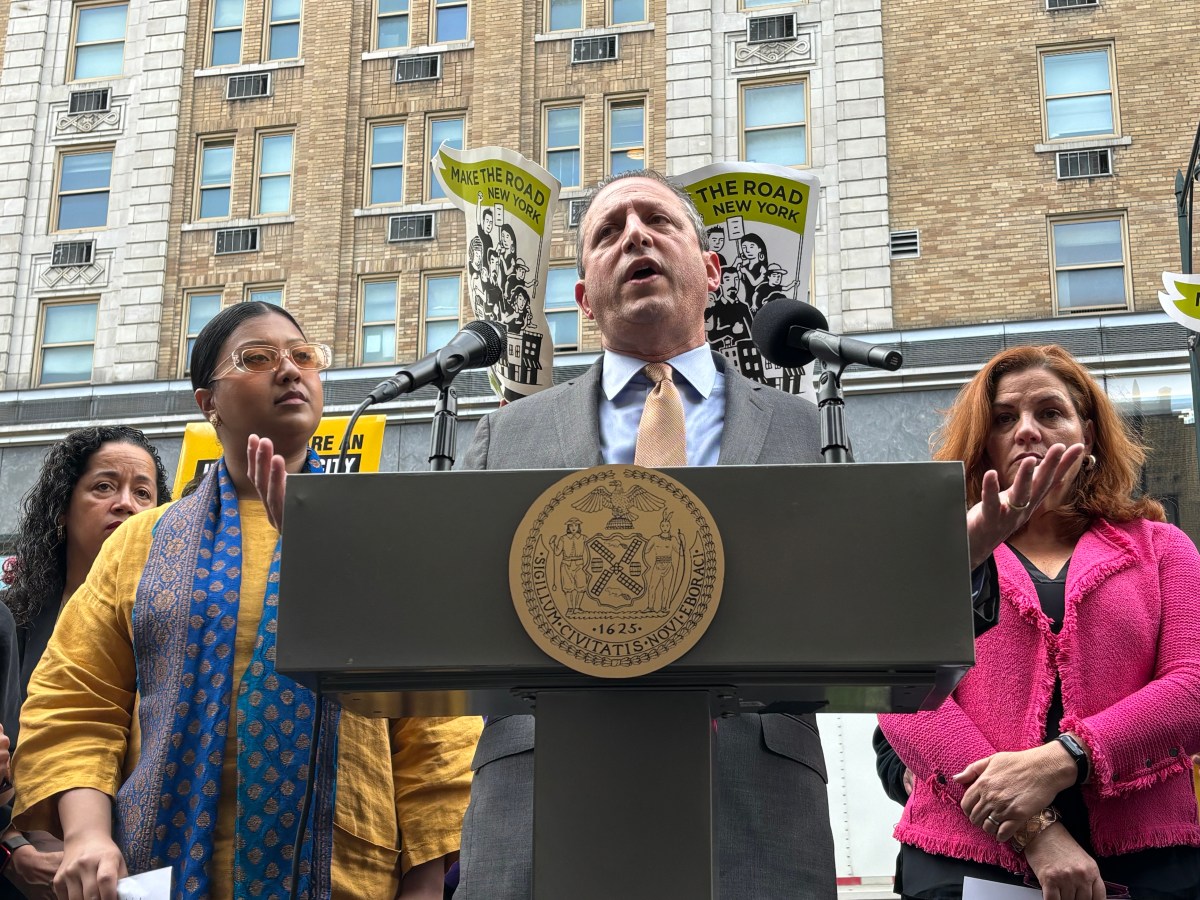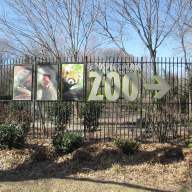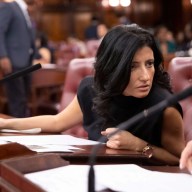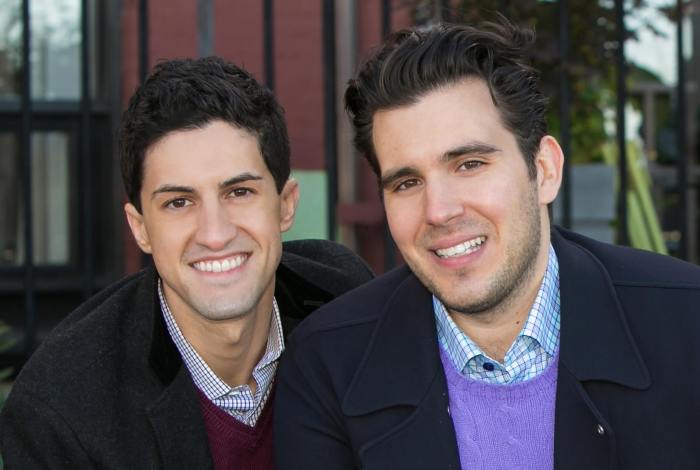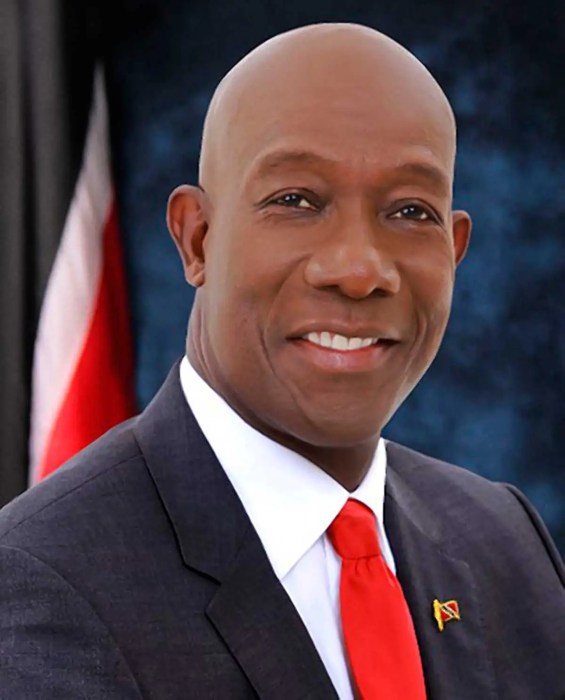I’m madder than my 12th grade history teacher when I didn’t do my homework over the fact that some people don’t take the time to research things like why dollar bills have all those weird symbols on the back.
Look, you all know that ol’Carmine is as American as apple pie, baseball, and the Brooklyn Dodgers. But what you may not know is one of the reasons I so rarely spend a buck is because I spend much of my time studying the back of my greenbacks like they are some kind of piece of art.
Sure, my lovely wife Sharon always complains to me “Carmine, give me some money so I can go to the store and by some butter!” but I would rather collect my money, pin it up on a bulletin board, then study it with my trusty magnifying glass just to see if I can find something on them that I haven’t seen in the past.
I’ll tell you, old Thomas Kincade had nothing on the guys that designed the dollar bill, which, to me, is one of the greatest pieces of art the world will ever know.
And best of all, they only cost a buck — not an arm and a leg like that artwork that looks like it’s moving when you shine a light on it.
So this week, on the eve of July 4, I’m going to tell you why and how some things got on the dollar bill — and I’ll bet you’ll be surprised to find out the reason behind some of the things that are on there.
F’rinstance, take the great seal of the United States, which is on the back in the circles.
Oh, by the way, don’t think for a minute that I will be providing you with a dollar bill to use for this guide. If you want that, you’ll have to go out there and earn your own. I’ll wait if you want. Trust me, I’ll be right here when you get back.
Ok, back to the seal. You see it now? Well, at the First Continental Congress down there in Philly, Benjamin Franklin and a group of men were asked to come up with a seal for the country, you know, to put on envelopes and stuff. It took them four years to get the job done, and I think they knocked it out of the park!
If you look at the left-hand circle, you will see a pyramid with an eye floating over its top. Note that the shadows on the pyramid — it’s on the west. Well, according to me that’s because when they drew it, we were yet to explore the west. Now, check out how the pyramid is uncapped. That’s because the country wasn’t closed to being finished. And then there’s that all-seeing eye, which I’ve heard is an ancient symbol of divinity.
Now, I’ve been told it was Franklin’s belief that one man could not do things alone, and that it took a group of men — with the help of god — to get things done. That’s why it says “In god we trust.” I think.
Then there are some funny words in a dead language above the pyramid. It says “annuit cœptis” and it means “he has favored our undertaking,” and the he, of course, is god.
Below the pyramid, it says “novus ordo seclorum,” which I think means “a new world order has begun,” and it began on MDCCLXXVI — that’s 1776!
If you look at the circle on the right you’ll see the seal of the President of the United States — something that is always visible whenever he (or she) speaks, yet very few people know what the symbols mean.
Let the Screecher break it down for you the only way I can.
The bald eagle was selected for two reasons: it is not afraid of a storm; it is strong, and it is smart enough to soar above bad weather. You’ll also notice he doesn’t wear a crown. That’s because we had just broken from the king of England, who did. The shield is left unsupported, signifying that the country can stand on its own. In the Eagle’s beak you is a note that reads “e pluribus unum” which we all know means, “from many one.”
Above the eagle are 13 stars, representing the 13 original colonies, and any clouds of misunderstanding rolling away. Here, we are coming together as one.
Now, notice what the eagle holds in his talons. There’s an olive branch and arrows. This country wants peace, but we will never be afraid to fight to preserve it. The eagle always wants to face the olive branch, but in time of war, his gaze turns toward the arrows.
So at this year’s July 4 picnic, pull out a dollar bill and teach a kid a thing or two.
Screech at you next week!
Read Carmine's column every Saturday on BrooklynDaily.com. E-mail him at DiegoVega@aol.com.




